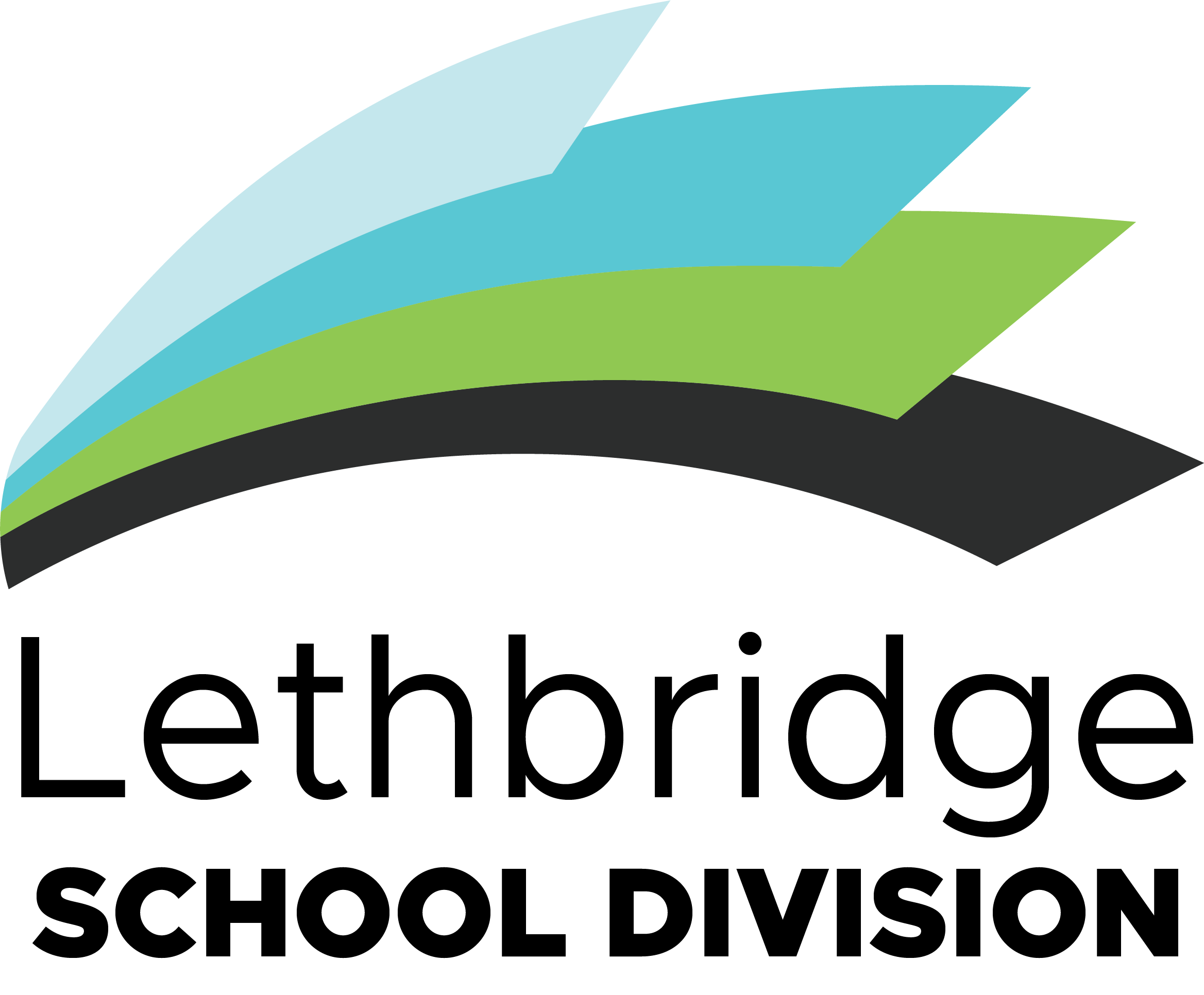Learning Outcomes
Number Concepts
Counting on/up; forward/backward from 0-100
Visual/verbal counting, one more/less, Spacial Relationships
Understanding Place value, Subitizing, Odd and Even Numbers
Conservation of #’s when sharing or grouping, Estimate quantities using referents
Skip counting by 2s,5s,10s,20,100s
Recognize, build, read and write in numeral and words, and order numbers to 100
The Number Line. Numbers and Money: bills and coins
Telling Time, Concept of addition/subtraction of quantities
Equal sharing with and without remainders; Equal grouping with or without remainders
Fractions: whole/halves/quarters



